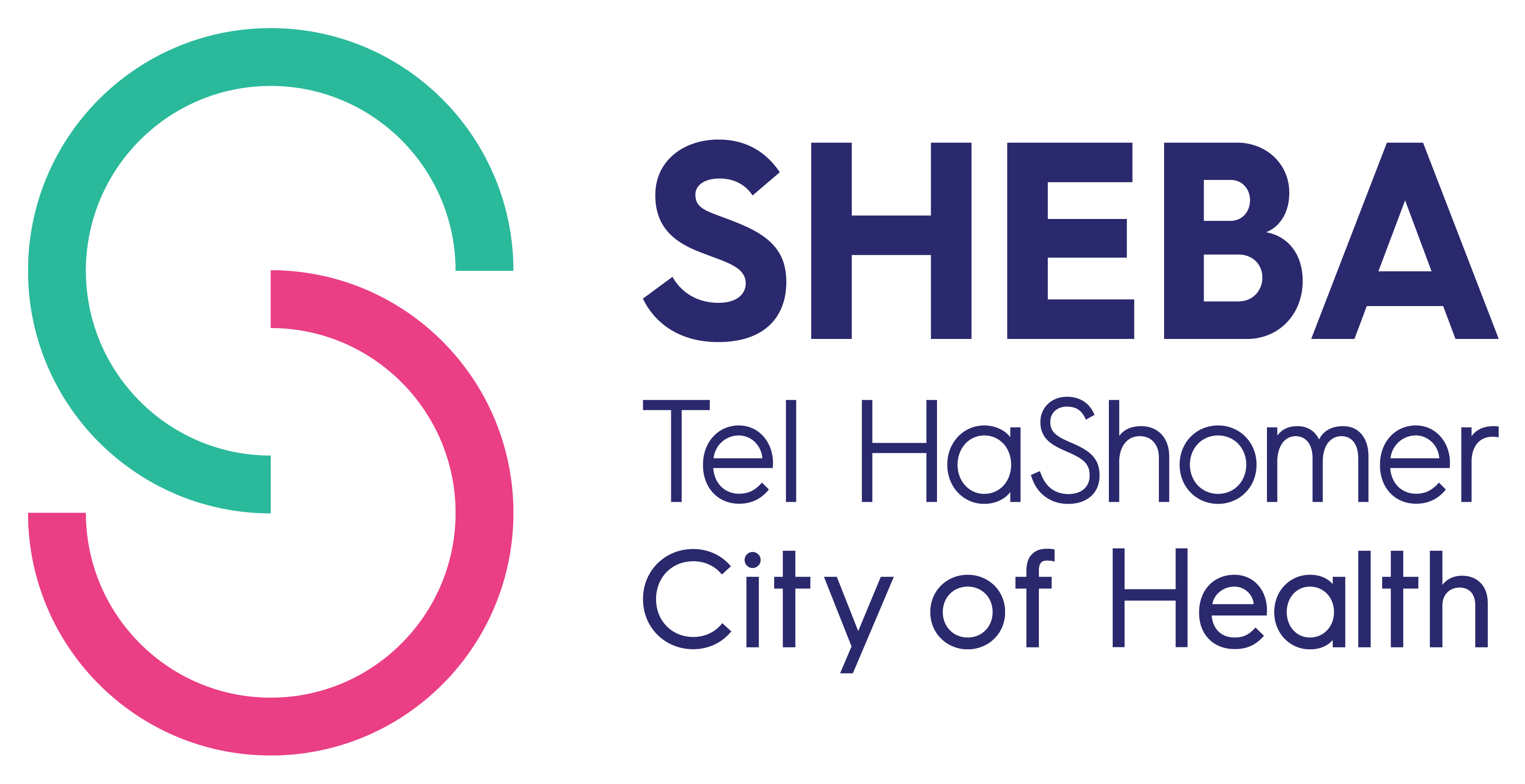Cord Blood Bank Questions
What is Cord Blood?
Cord blood is blood that flow in the circulation and provides sustenance to the developing fetus in the mother's womb.
Why is Cord Blood needed?
After a baby is born and the umbilical cord is cut, the superfluous blood is remaining in the placenta. Generally, this blood is disposed of after the birth, with the placenta.
Cord blood, however, is a very rich source of stem cells that can be used in the treatment of several diseases.
Malignant blood diseases: leukemias, lymphomas, myelomas, blood disorders: thalassemias, sickle cell anemia, Fanconi's anemia; bone marrow failure, immune deficiency diseases, genetic disease, metabolic disorders often require medication or radiation treatment that is exhausting and causes damage to the bone marrow, which is the tissue that produces blood in the patient.
Stem cell from the placenta can re-start blood production. All blood cells red cells' leucocytes and platelets i.e.: are generated from stem cells. The stem cells used for transplant must be tissue typed for compatibility with the tissue type of the percipient.
Who can give placental blood?
Any pregnant woman over 18 years of age can register as prospective cord blood donor. When the cord blood can be collected, the health of the infant and the mother is checked by a written questionnaire. All data are confidential and Cord Blood Bank personnel are bound by professional secrecy.
How is placenta blood collected?
After the baby is born and the umbilical cord blood is cut, a midwives or cord blood bank collectors collects the blood remaining in the placenta, through the umbilical cord. Collecting placental blood dose not include any action involving the baby, nor are blood samples taken from the baby. In conjunction with the medical questionnaire, blood samples are taken from the mother for laboratory analysis.
How long will the umbilical cord blood can be storage?
Cord Blood Units used for transplants will be stored at -196ºC in freezers containing liquid nitrogen. Some studies have revealed that cryopreserved stem cells have been stored for 15 years and have remained viable for many years.
What are the potential advantages of umbilical cord blood?
- Cord blood collection is a painless, non-invasive procedure.
-
There is no potential risk to the baby and to the mother.
-
The stored unit, if found suitable, becomes immediately available for transplantation.
-
Lower risk and less immunological reaction after transplantation.
-
Greater concentration of stem/progenitor cells.
-
The cord blood immunological cells are thought to be naïve and more forgiving of recipient's immune cells, hence better survival rate and improved quality of life are expected in cord blood transplanted recipients.
When did cord blood transplantation start in Israel?
The cord blood transplantation are started in Israel in 1994 by Prof. Arnon Nagler, in a child with thalassemia
What happens to the blood after it is collected?
Once the collection is complete, the blood is transferred to the Tel Hashomer (Sheba) Cord Blood Bank. The cord blood will be measured for volume and the number of cells it contains. The most common reasons a cord blood unit is not eligible for storage is because the amount of cord blood collected is too small or contains too few cells. If it meets criteria for storage, it is HLA typed, frozen and stored until it is needed.
If it does not meet the criteria for banking, it could be used for research or discarded.









